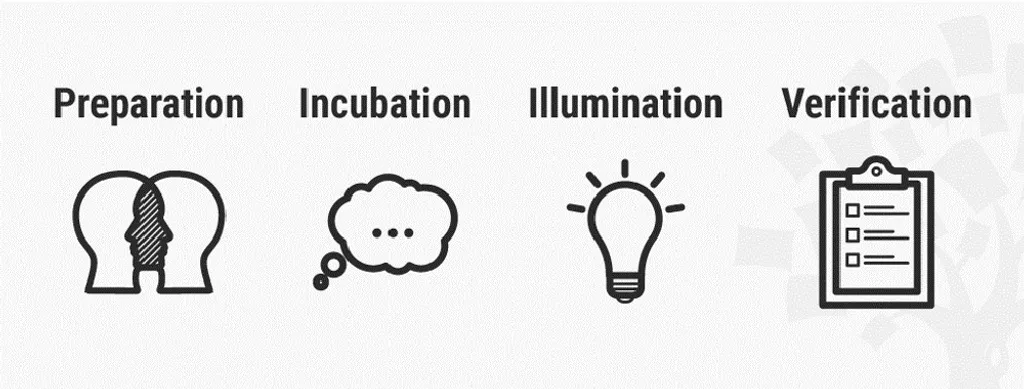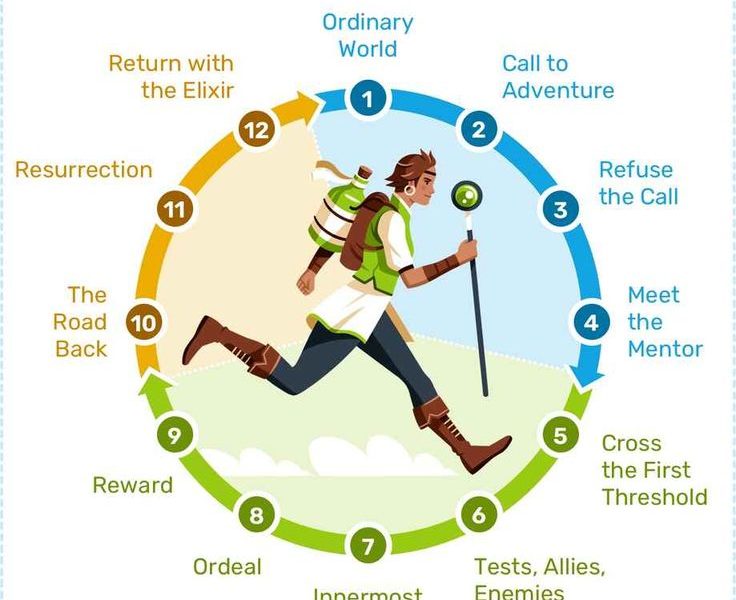A Deep Dive into Innovation and Originality
Creativity is one of humanity’s most cherished and enigmatic qualities. At its core, creativity is the ability to generate new and original ideas, thoughts, or connections between existing concepts.
While often associated with artistic pursuits like painting, writing, or music, creativity extends far beyond the arts and is a crucial element in fields as diverse as science, business, technology, and everyday life.
This post explores the essence of creativity, the stages of the creative process, techniques to enhance creativity, common blockers, and strategies to overcome them. By understanding creativity, we can harness its power to innovate and thrive in any domain.
Understanding Creativity: The Foundation of Innovation
Creativity involves producing something novel and valuable. It is not limited to traditional art forms; scientists use creativity to propose new hypotheses, entrepreneurs innovate groundbreaking products, and even parents find creative solutions to everyday challenges.
For example, Albert Einstein’s theory of relativity and Steve Jobs’ revolutionary iPhone are testaments to the transformative power of creative thinking.
The ability to think creatively has become a sought-after skill in today’s fast-paced, ever-changing world.
Factors Influencing Creativity:
- Education and Experience: Exposure to diverse knowledge areas enhances our ability to connect disparate ideas.
- Environment: An encouraging and resource-rich setting fosters innovative thinking.
- Practice: Like any skill, creativity can be nurtured through consistent effort and experimentation.
- Personality: Some individuals may exhibit a natural inclination for creativity, but it remains a skill anyone can develop.
The Creative Process: From Concept to Creation
Creativity is often viewed as a mysterious “aha!” moment, but it’s a structured process with distinct stages. Understanding these stages can help individuals and teams approach challenges more effectively.
- Preparation:
- This initial stage involves gathering information, researching, and setting goals.
- Example: A designer studying user behavior before brainstorming interface ideas.
- Incubation:
- Here, the subconscious mind processes the gathered information. Often, stepping away from the problem allows connections to form naturally.
- Example: A writer taking a walk and suddenly thinking of the perfect plot twist.
- Illumination:
- The “lightbulb” moment is when ideas crystallize and solutions emerge.
- Example: A scientist wakes up with a clear vision of how to solve a complex equation.
- Verification:
- Ideas are evaluated, refined, and tested during this stage to ensure feasibility and effectiveness.
- Example: An entrepreneur testing a prototype with focus groups.
- Implementation:
- The final stage involves executing the solution or bringing the idea to life.
- Example: Launching a new product to market or publishing a book.
The creative process is rarely linear and often involves circling back to previous stages to refine ideas.
Enhancing Creativity: Practical Techniques
Even the most creative minds need to nurture their skills. Here are six proven methods to boost creativity:
- Take Breaks and Rest:
- Rest rejuvenates the mind, fostering fresh perspectives. Research shows that the brain’s default mode network becomes active during rest, aiding creative insights.
- Source: Psychology Today
- Seek New Experiences:
- Exposure to diverse cultures, environments, and ideas broadens perspectives and stimulates creativity.
- Example: Visiting an art gallery or attending a workshop outside your field.
- Practice Brainstorming:
- Collaborative idea generation encourages thinking outside the box.
- Pro Tip: Use techniques like mind mapping to visualize and organize ideas.
- Use Visual Thinking:
- Diagrams, sketches, and visual aids can reveal hidden connections between ideas.
- Tools: Apps like Miro or Figma for visual collaboration.
- Stay Curious:
- Cultivate an open mind by asking “why” and “what if” questions. Curiosity drives exploration and discovery.
- Collaborate with Others:
- Collaboration introduces new perspectives and fosters collective creativity.
- Example: Brainstorming sessions with colleagues from diverse backgrounds.
Overcoming Creativity Blockers
Despite our best efforts, obstacles can hinder creativity. Recognizing and addressing these barriers is crucial for fostering innovation.
Common Creativity Blockers:
- Fear of Failure:
- Fear stifles risk-taking and experimentation. Embrace failure as a learning opportunity.
- Lack of Motivation:
- Engage with tasks that excite and challenge you.
- Time Constraints:
- Creativity requires dedicated, unhurried time.
- Perfectionism:
- Unrealistic standards can prevent progress. Focus on iteration and improvement.
- Limited Resources:
- Resourcefulness can help overcome constraints. Seek creative solutions or collaborate to pool resources.
Tips for Removing Blockers:
- Identify the Blockers: Reflect on what’s holding you back and strategize to overcome it.
- Dedicate Time for Creativity: Schedule uninterrupted time for brainstorming and exploration.
- Embrace Risk: Understand that mistakes are stepping stones to success.
- Surround Yourself with Supportive People: Build a network that encourages and inspires.
- Practice Mindfulness: Stay present and aware to foster clarity and focus.
The Future of Creativity
In a world shaped by rapid technological advancements, creativity remains humanity’s greatest asset.
Whether it’s solving global challenges, designing sustainable solutions, or inventing new technologies, creativity will continue to be the driving force behind progress.
By understanding its nature, nurturing the skill, and overcoming obstacles, anyone can unlock their creative potential.
Remember, creativity is not a talent reserved for the few but a process that can be learned, practiced, and mastered.
Recommended Reading:
- Creative Confidence by Tom and David Kelley
- The War of Art by Steven Pressfield
- Big Magic by Elizabeth Gilbert
Useful Tools for Creativity:
- Mind Mapping: MindMeister
- Visual Collaboration: Miro
- Journaling: Evernote
By committing to creativity, you not only enrich your life but also contribute to a more innovative and inspiring world. Start your creative journey today!
To continue reading about this topic, please check out the below link:

